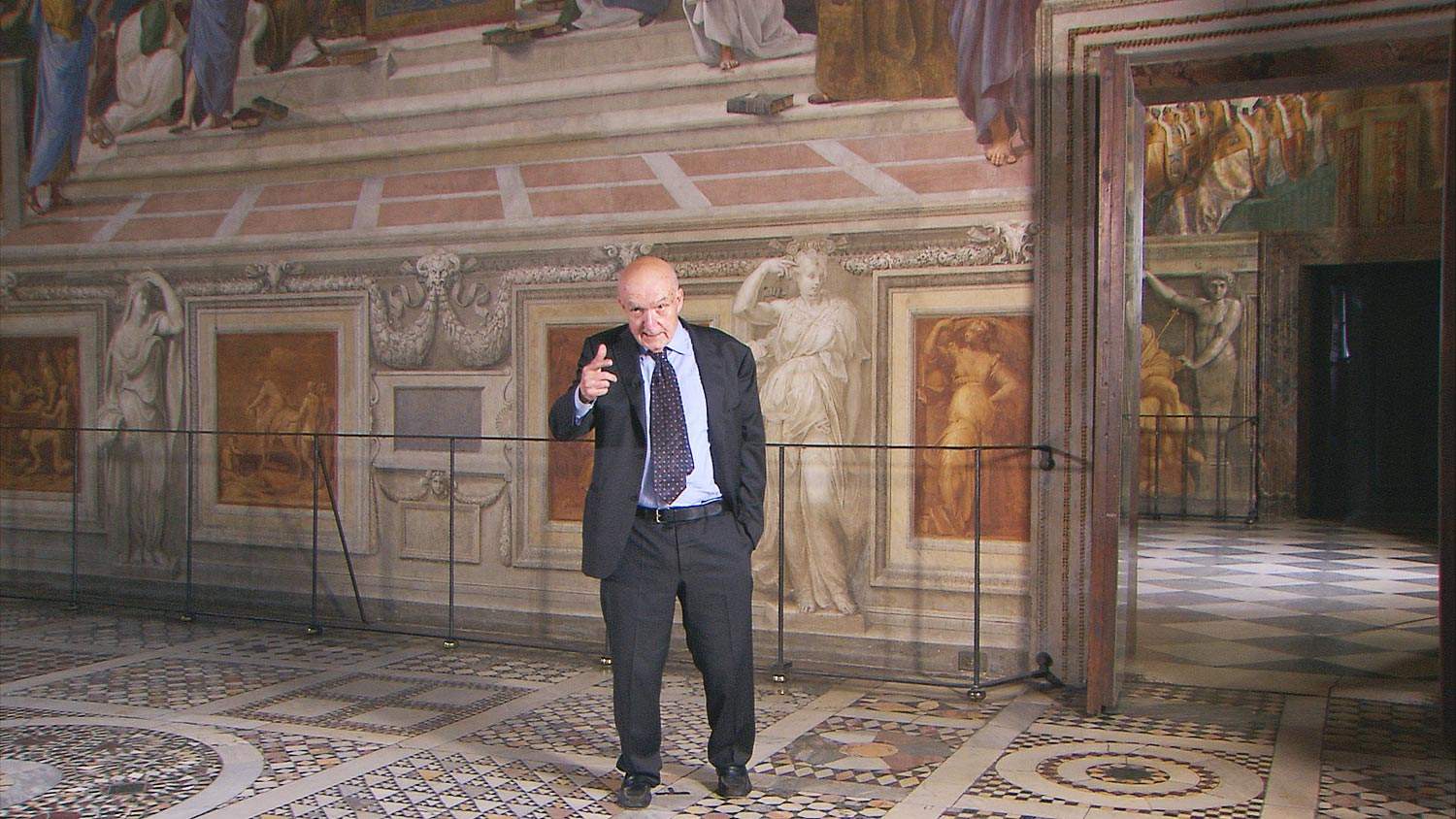Rai 5 is dedicating special programming to Antonio Paolucci, the great art historian who passed away tonight at the age of 84. To pay tribute to Paolucci, therefore, Rai Cultura is re-presenting his “Museo Italia,” airing until Friday, Feb. 9 at 7:15 p.m. on Rai 5. The program is a journey-guided by Paolucci-to some of our country’s greatest museums, from the world’s first public collection, the Capitoline Museums: from the Michelangelo-esque Piazza del Campidoglio to the Cortile dei Conservatori and from there, among endless archaeological treasures, to the Palazzo Nuovo and the Pinacoteca that opens onto the Caffarelli terrace and the great beauty of Rome.
The journey continues, then, to the “marvelous mess” of the Galleria Borghese in Rome, an extraordinary collection born in the early 1600s out of Cardinal Scipione Borghese’s passion for art and beauty and housed in the villa built and decorated to house it.
In Florence, however, Professor Antonio Paolucci starts with the Loggia dell’Orcagna at the Uffizi, the museographic invention that has conquered the world. The Gallery, a true anthology of great art history, is traversed among absolute masterpieces by Italian masters, with a look at the extraordinary Vasari Corridor.
And again, the museum that goes out of its boundaries, occupies every corner of the cities and stands in the shadow of every bell tower: this is the case of the “museum of the small country,” such as that of the Collegiate Church of Sant’Andrea in Empoli, or that of the ’sanctuary museum’ of the Cathedral of Orvieto. The journey concludes by following in the footsteps of Piero della Francesca, from Sansepolcro to Monterchi, to Urbino, where Professor Antonio Paolucci illustrates some of the painter’s masterpieces, dwells on the relationship between art and landscape, and explains how a great artist of the past can be a protagonist of the history and very identity of a place.
 |
| Rai5 dedicates special programming to Antonio Paolucci |
Warning: the translation into English of the original Italian article was created using automatic tools. We undertake to review all articles, but we do not guarantee the total absence of inaccuracies in the translation due to the program. You can find the original by clicking on the ITA button. If you find any mistake,please contact us.